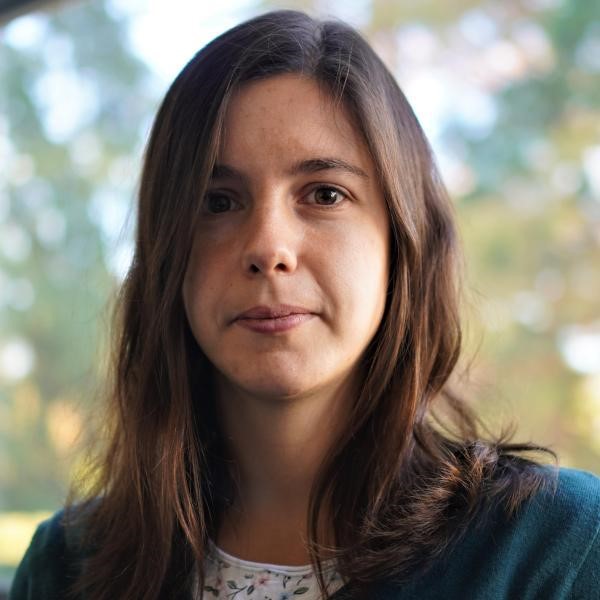
SPEAKER PROFILE |
 Dr. Maria Sanz-Paz Department of Physics, University of Fribourg Switzerland |
DNA-Templated Ultracompact Optical Antennas for Unidirectional Single-Molecule Emission
Abstract
Optical antennas are nanostructures designed to manipulate light?matter interactions by interfacing propagating light with localized optical fields. In recent years, numerous devices have been realized to efficiently tailor the absorption and/or emission rates of fluorophores. By contrast, modifying the spatial characteristics of their radiation fields remains challenging. Successful phased array nanoantenna designs have required the organization of several elements over a footprint comparable to the operating wavelength. Here, we report unidirectional emission of a single fluorophore using an ultracompact optical antenna. The design consists of two side-by-side gold nanorods self-assembled via DNA origami, which also controls the positioning of the single fluorophore. Our results show that when a single fluorescent molecule is positioned at the tip of one nanorod and emits at a frequency capable of driving the antenna in the antiphase mode, unidirectional emission with a forward to backward ratio of up to 9.9 dB can be achieved.
Bio
Maria Sanz-Paz is a postdoc in the Photonics Nanosystems group lead by Prof. Guillermo Acuna in the University of Fribourg (Switzerland), where she focuses on the study of light-matter interactions at the single emitter level. She received her Bachelor in Physics from the University of Santiago the Compostela (Spain) and then she graduated as MSc in Photonics at the Friedrich-Schiller-Universität Jena (Germany). She did her Master Thesis on DNA origami-assembled plasmonic antennas in the group of Prof. Philip Tinnefeld. In 2020, she obtained a PhD in Photonics from ICFO (Spain) at the group of Prof. Maria Garcia-Parajo, where she worked on connecting recent developments in the field of nanophotonics with bioimaging and single-molecule detection.